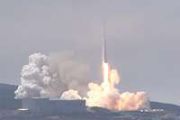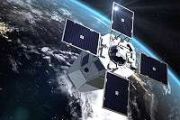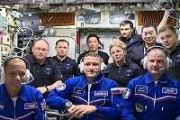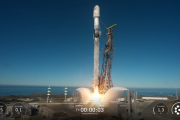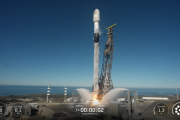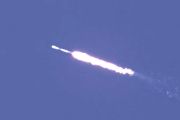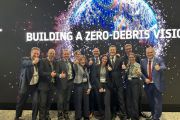
Copernical Team
Paving the way to thriving in space

In late December, SpaceX-24 will deliver a payload to the International Space Station. Three new experiments that will help scientists better understand specific biological and physical phenomena will be on board.
"It's really exciting when we get to conduct new investigations aboard the Space Station," said Dr. Craig Kundrot, Director of NASA's Biological and Physical Sciences Division. "What these three experiments have in common is each will contribute fundamental scientific insights that will both enable our astronauts to thrive on their future long-range missions and provide tangible benefits to people on Earth."
Growing plants in harsh conditions:
The Plant RNA Regulation Redux in Multi Variable Platform (MVP-Plant-01) experiment will profile and monitor a plant's shoot and root development under microgravity conditions. The results of this experiment will help scientists better understand the molecular mechanisms and regulatory networks behind how plants sense and adapt to environmental changes. Ultimately, the findings could help scientists design plants that will be able to withstand adverse environmental conditions, both during long spaceflights and here on Earth.
Opening a 50-year-old Christmas present from the Moon
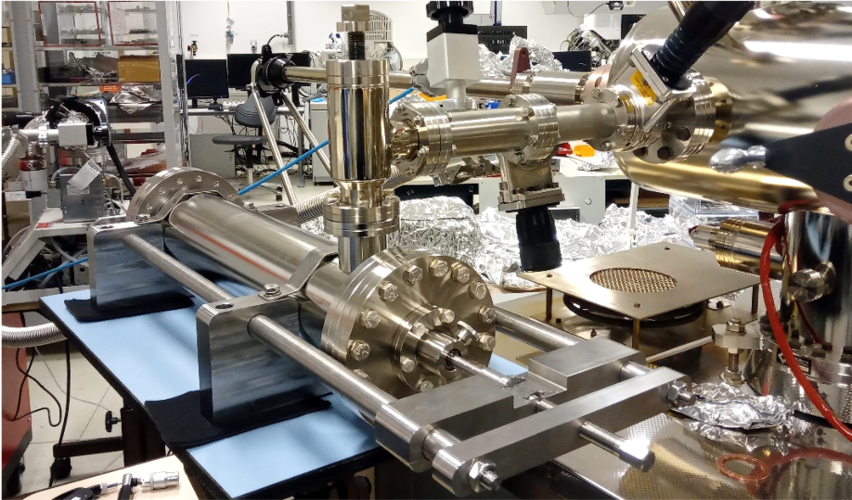
A pretty special gift unwrapping will soon take place – a piercing tool built by ESA will open a Moon soil container from Apollo 17 that has gone untouched for nearly 50 years. The opening will allow the extraction of precious lunar gases which may have been preserved in the sample.
Earth from Space: Kourou, French Guiana

Ahead of the upcoming Ariane 5 launch of the James Webb Space Telescope, the Copernicus Sentinel-2 mission takes us over Kourou – home to Europe’s Spaceport in French Guiana, an overseas department of France.
Press briefing Webb Telescope
 Video:
00:45:03
Video:
00:45:03
Replay of the 16 December 2021 online press briefing about the James Webb Space Telescope.
Speakers:
- Günther Hasinger, ESA Director of Science
- Daniel Neuenschwander, ESA Director of Space Transportations
- Thomas Zurbuchen, NASA’s Associate Administrator for science
- Antonella Nota, ESA Webb Project Scientist
- Gillian Wright, European Principal Investigator for the MIRI instrument
Developed and constructed over more than 30 years, Webb is a remarkable feat of engineering and technology – with the largest astronomical mirror ever flown in space, sophisticated new scientific instruments, and a sunshield the size of a tennis court.
Webb is designed to answer outstanding questions about the
Year in images 2021
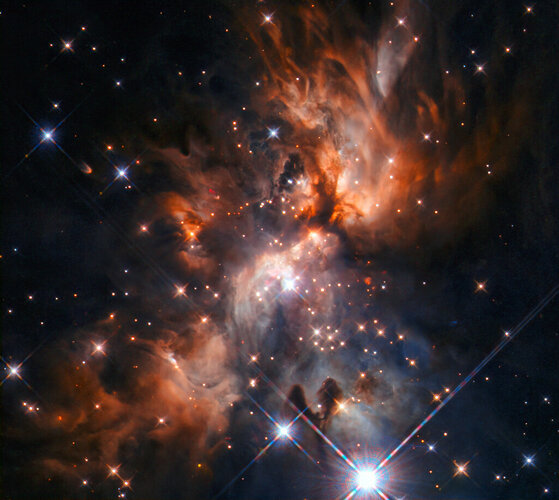
Year in images 2021
Our year through the lens: a selection of our favourite images for 2021
DiCaprio and Lawrence big up science in doomsday comedy
 For Hollywood A-listers Leonardo DiCaprio and Jennifer Lawrence, their new end-of-the-world comedy was a chance to send a little respect back to scientists.
In "Don't Look Up", released on December 24 on Netflix, they play two astronomers who discover a comet will wipe out life on Earth within six months, but then try in vain to get politicians and the media to take the threat seriously.
For Hollywood A-listers Leonardo DiCaprio and Jennifer Lawrence, their new end-of-the-world comedy was a chance to send a little respect back to scientists.
In "Don't Look Up", released on December 24 on Netflix, they play two astronomers who discover a comet will wipe out life on Earth within six months, but then try in vain to get politicians and the media to take the threat seriously. IXPE Unfolds its Origami Boom for Science
 NASA's newest X-ray observatory - the Imaging X-ray Polarimetry Explorer, or IXPE - extended its boom successfully Dec. 15, giving IXPE the ability to see high-energy X-rays. The mission, which launched on Dec. 9, is one step closer to studying some of the most energetic and mysterious places in the universe in a new way.
The IXPE observatory features thre
NASA's newest X-ray observatory - the Imaging X-ray Polarimetry Explorer, or IXPE - extended its boom successfully Dec. 15, giving IXPE the ability to see high-energy X-rays. The mission, which launched on Dec. 9, is one step closer to studying some of the most energetic and mysterious places in the universe in a new way.
The IXPE observatory features thre Advanced analysis of Apollo sample illuminates Moon's evolution, cooling
 Sophisticated analysis of a rock sample taken from the Moon during the Apollo 17 mission revealed new information about the complex cooling and evolutionary history of the Moon. The findings, from University of Hawai'i (UH) at Manoa researchers, were published in Nature Communications.
Apollo 17 astronauts collected the rock sample troctolite 76535 from the Moon's surface in 1972, and it r
Sophisticated analysis of a rock sample taken from the Moon during the Apollo 17 mission revealed new information about the complex cooling and evolutionary history of the Moon. The findings, from University of Hawai'i (UH) at Manoa researchers, were published in Nature Communications.
Apollo 17 astronauts collected the rock sample troctolite 76535 from the Moon's surface in 1972, and it r ExoMars discovers hidden water in Mars' Grand Canyon
 The ESA-Roscosmos ExoMars Trace Gas Orbiter has spotted significant amounts of water at the heart of Mars' dramatic canyon system, Valles Marineris.
The water, which is hidden beneath Mars' surface, was found by the Trace Gas Orbiter (TGO)'s FREND instrument, which is mapping the hydrogen - a measure of water content - in the uppermost metre of Mars' soil.
While water is known to exi
The ESA-Roscosmos ExoMars Trace Gas Orbiter has spotted significant amounts of water at the heart of Mars' dramatic canyon system, Valles Marineris.
The water, which is hidden beneath Mars' surface, was found by the Trace Gas Orbiter (TGO)'s FREND instrument, which is mapping the hydrogen - a measure of water content - in the uppermost metre of Mars' soil.
While water is known to exi 


